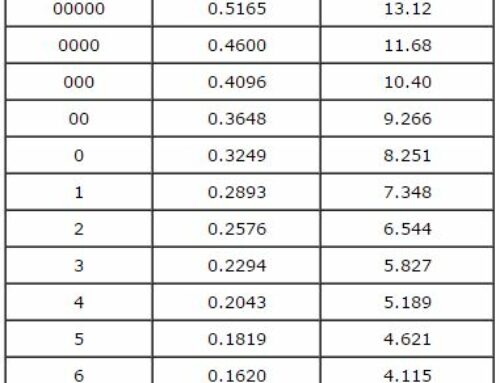When you are testing gold to see if it is a particular karat weight, either because it was stamped a certain karat weight or you think it might be a particular karat weight form a previous comparison test. Here are a couple of tips to keep in mind before you get started:
- The gold scratch material that starts to disappear first has the lower karat value.
- Any gold that is less than 18 karat will disappear in less than 30 seconds of exposure to the acid. And any gold that remains on the stone after those first 30 seconds is 18 karat or higher.
For the sake of keeping things simple and straight forward, this guide will focus on testing for 14 karat gold, but remember that you can replace the 14 karat test gold and testing acid with the acid and known metal for testing any gold karat value from 10 – 24 karats. If you are testing gold of 20 karats or higher gold content, you should use 22 karat gold or platinum grade acid to test the metal.
Tools Needed:
- A testing stone
- A 14 karat gold testing needle
- And 14 karat gold testing acid
Step 1
To protect the piece you want to test as much as possible from testing damage, start by rubbing or scratching the item you want to test directly against the surface of the testing stone. As you do this, you will notice that the metal leaves a mark on the testing stone. Press firmly on the testing stone to leave a thick and visible deposit that you can test accurately. The mark should be about 1 to 1 1/2 inches long.
Step 2
Next, take your 14 karat gold testing needle and scratch a second mark on the testing plate next to the first one. Ideally these lines shouldn’t be more than a few millimeters apart so the drops of acid will hit both lines at the same time. Be sure to use enough pressure to get a significant line to compare to the unknown metal, and don’t get the two scratch marks confused.
Step 3
Place a drop of the 14 karat acid on the stone where the two gold marks are. As soon as the acid hits the testing stone and the marks, watch and compare the speed at which the scratches dissolve.
- If the unknown gold is 14 karat gold or higher, the scratch mark will appear to be the same as that of the piece of 14 K test gold and they will react in the same way in the first 10 to 15 seconds.
- If the unknown gold is less than 14 karat gold, the scratch mark will become fainter and eventually dissolve away as the known metal mark remains mostly unchanged. The unknown metal mark may also turn a yellow-rust or brown color, this will also indicate that the karat weight is less than what you tested for.
- If the unknown gold does not actually have any gold content in it at all, it will dissolve and disappear much more quickly than a gold mark that is just lower quality gold.
Step 4
If the unknown gold metal reacted the same way as the test 14 karat mark, you will want to repeat Steps 1-3 and test the gold mark again, this time in comparison to the next karat weight up – 18 karat gold in this case – with corresponding 18 karat gold acid. This will help you determine beyond any doubt what karat weight the gold is and prevent you from undervaluing someone’s gold. If the gold is actually what the 14 karat gold you expected it to be it will react like it is a lower karat weight than the 18 karat gold mark.
If the unknown gold metal reacted and started to dissolve when you tested it at the 14 karat acid, you will want to repeat Steps 1-3, this time in comparison to the next karat weight down – 12 karat gold in this case – with the corresponding 12 karat gold acid. This will help you determine beyond any doubt what karat weight the gold is and prevent you from overpaying for someone’s gold or something that isn’t gold at all.
Finished!
Continue repeating Step 4, testing the next karat weight gold tester up or down, until you are confident that the gold is not a greater or lower karat value gold than what you determined. This will ensure you can always buy gold with confidence.





I tested a line and the 14K acid removes the line immediately. However, when I test the 10K acid, the line does not go away. If I leave the acid on the line for 2-4 minutes the line will eventually go away. Does this also mean no gold?
If you could send me a reply, I would surly appreciate it.
I am struggling too find this answer online anyway as well!… “How long should we leave the acid on for for a proper test?”
Did you receive an email answer?
Thanks! Brandon
I didn’t know that you could drop gold in acid. My watch is made of gold, but I don’t know how much it is worth. I’ll have to consider getting it checked out by a jeweler.
Now it’s time to antique the copper! I made this piece while traveling, so I have a small bottle of Novacan Black I made from my big bottle at home.
I too am wondering about the length of time a gold line will stay… some lines disappear slowly, does that mean it’s gold if it takes more than 30 seconds to start dissipating?
Also have a very light weight silver tone chain bracelet, makes only “Germany”, the scratch test has solid whit line after platinum acid,it is also not magnetic.. is it platinum?